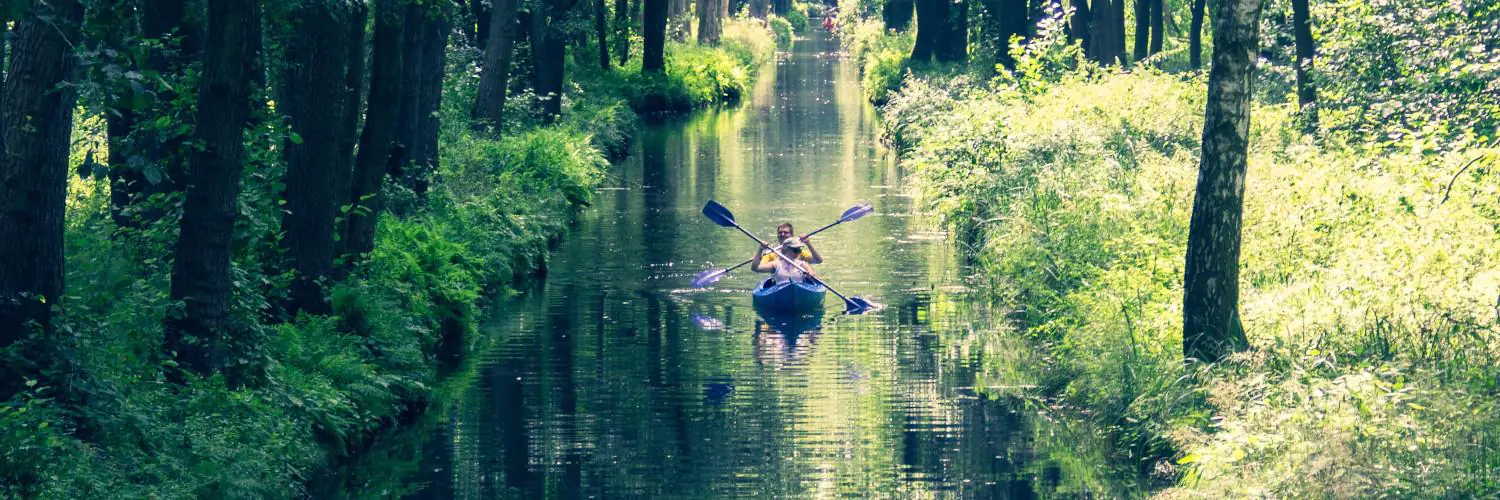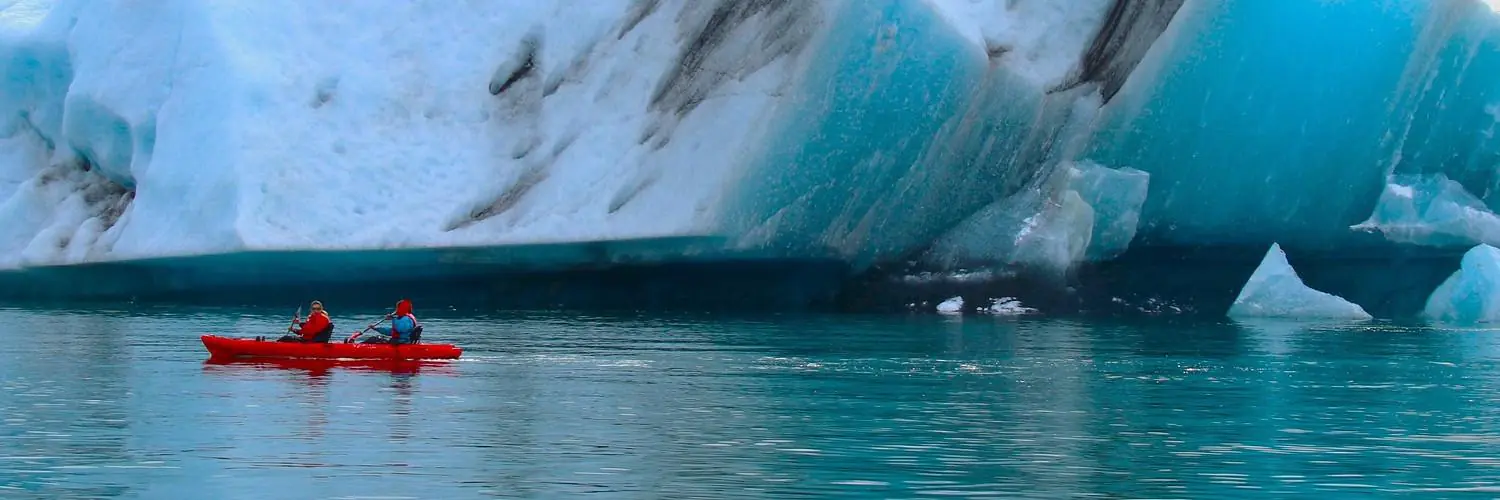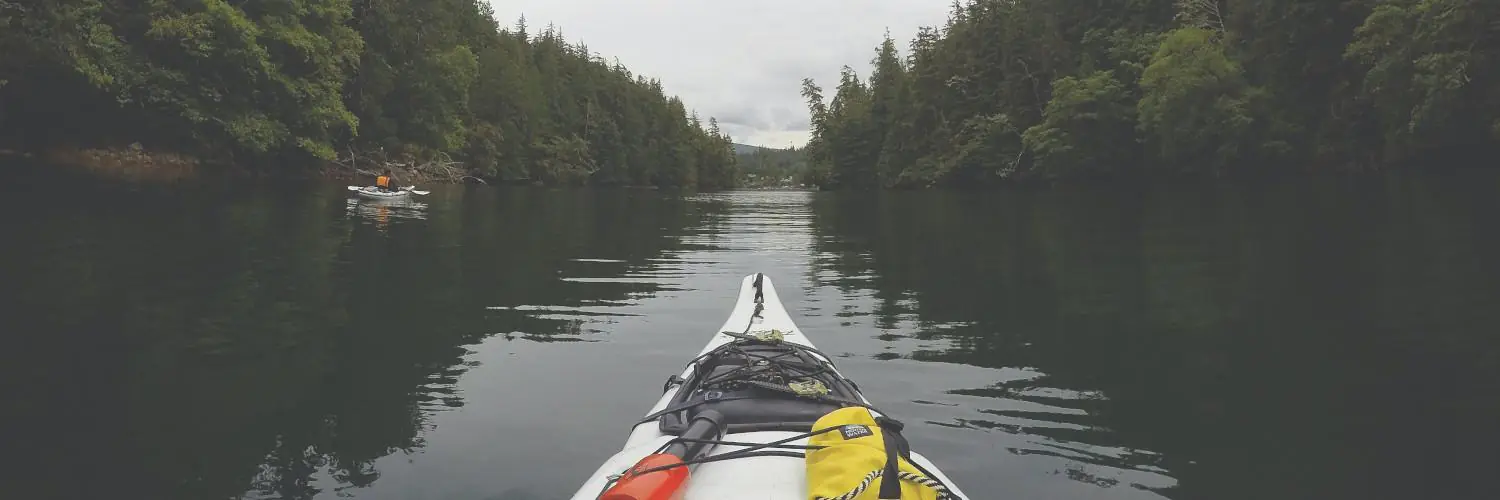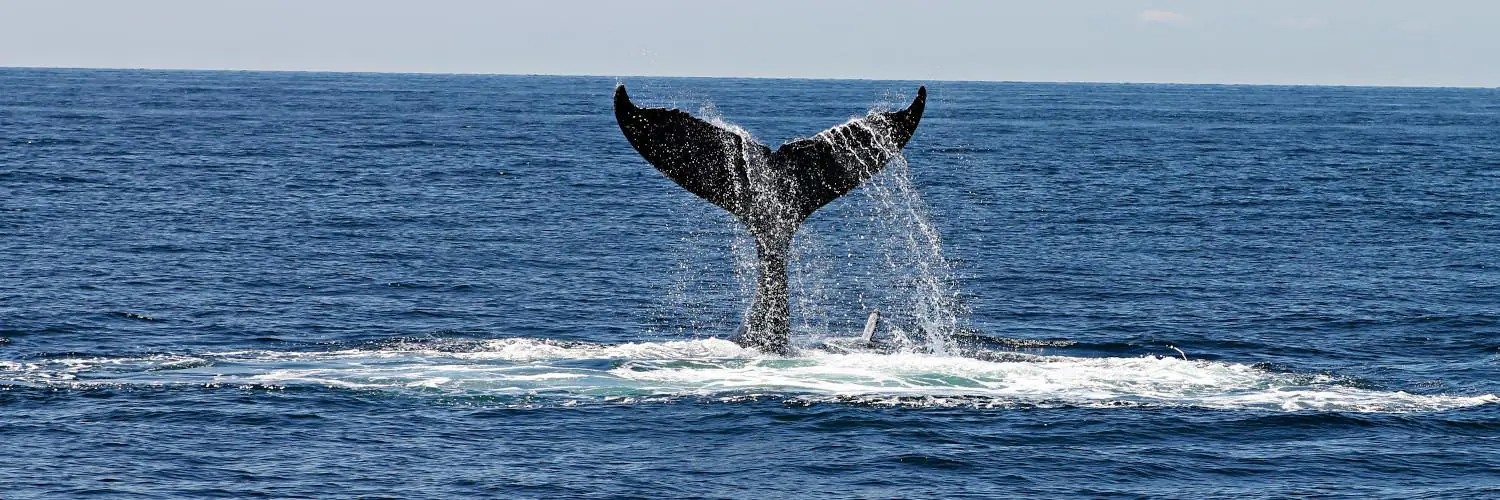Table of Contents
Snorkeling Wrecks: Exploring Underwater Time Capsules
Snorkeling above shipwrecks offers a unique window into the past, providing an accessible underwater adventure that combines history with marine exploration. Submerged vessels, from wooden steamers to war relics, create artificial reefs that teem with aquatic life. These underwater sites, often shallow enough for non-divers to enjoy, present a unique ecological intersection where human history and natural habitats converge.
Destinations like Fathom Five National Marine Park in Canada and the Florida Keys National Marine Sanctuary in the United States have become popular snorkeling spots, showcasing well-preserved wrecks. The clear waters of these regions allow snorkelers to view historic ships resting on the seabed, encrusted with coral and bustling with fish. In the Florida Keys, the Shipwreck Trail provides a curated experience of maritime history beneath the waves, exemplifying how wreck sites serve as both a storybook and sanctuary.
Snorkeling around these underwater ruins is not only about witnessing history frozen in time but also observing the burgeoning marine ecosystems that take over these human-made structures. As these wrecks become encrusted with corals and serve as habitats for various species of fish and invertebrates, they offer snorkelers a dynamic experience. The presence of vibrant marine life around these submerged time capsules highlights an intricate balance between the past and the continuing evolution of oceanic life.
History of Marine Wrecks
Throughout history, marine wrecks have silently chronicled the interplay of human endeavors and natural forces, each with a unique story submerged within the sea’s depths.
War and Shipwrecks
World War II significantly increased the number of shipwrecks around the globe. The sea became a battleground, and as a result, numerous vessels met their end. For instance, the waters near Florida and the Caribbean are littered with the remnants of this conflict. They serve as underwater museums preserving poignant moments of history.
- Florida: Known for the USS Massachusetts (BB-2), sunk as a target prior to the U.S. entry into the war.
- Caribbean: Home to various sunken U-boats and merchant ships, casualties of the strategic warfare in these waters.
Natural Disasters and Sunken Vessels
Natural disasters have also played a significant role in maritime losses. Particularly, hurricanes have caused countless vessels to succumb to the power of the sea. The region around Bermuda, known as the Bermuda Triangle, is infamous for its mysterious disappearances of ships, often attributed to sudden storms and changing sea conditions.
- Hurricanes: Capable of sinking vessels of all sizes, altering coastlines and shaping maritime history.
- Bermuda: An enigmatic hotspot for sunken ships, adding to the allure of its treacherous waters.
Snorkeling Basics
Snorkeling over shipwrecks combines the allure of underwater exploration with a touch of history. To ensure a memorable and safe experience, one must understand the fundamentals, from gearing up with the right equipment to mastering essential snorkeling practices.
Essential Gear
The right equipment is crucial for any snorkeler. They must have:
- Snorkel: A J-shaped tube that allows breathing while face-down on the water’s surface.
- Mask: Ensures clear visibility underwater and should fit snugly without leaking.
- Fins: Propel the snorkeler more efficiently through the water.
- High-Visibility Swim Buoy (optional): Provides visibility to boats and adds a layer of safety.
Safety Practices
When snorkeling, safety takes precedence. Snorkelers should always:
- Swim with a buddy for mutual safety.
- Check local conditions, such as currents and boat traffic.
- Stay aware of their physical limits to prevent exhaustion.
- Use a flotation device if they are not confident in their swimming abilities.
Snorkeling Techniques
Effective snorkeling techniques are vital for both enjoyment and conservation of energy. Snorkelers should:
- Breath Control: Breathe slowly and deeply through the snorkel to maintain calmness and conserve energy.
- Efficient Movement: Use slow, controlled fin kicks to navigate neatly through water with minimal disturbance.
- Pay continual attention to their surroundings, including depth and sea life, to ensure both their safety and that of the marine environment.
Diving Into Shipwreck Sites
Exploring shipwrecks through snorkeling offers unique opportunities to witness maritime history and marine life in shallower waters where diving equipment isn’t necessary.
Popular Snorkeling Wrecks
Tobermory, Ontario, presents stunning choices for snorkelers in the form of freshwater shipwrecks that are remarkably well-preserved due to the cold water conditions.
In Florida Keys, snorkelers can visit the wreck of the San Pedro, an 18th-century ship, which is now part of an underwater park with clear waters providing visibility for enthusiasts at all skill levels.
The Red Sea is home to the SS Thistlegorm, recognized globally for its accessibility and rich history, thus attracting a high volume of snorkelers and divers alike.
Bermuda features numerous shipwrecks such as the Cristobal Colon and the Mary Celestia, offering a plethora of options for snorkeling adventures close to shore.
Choosing a Snorkeling Site
When selecting a snorkeling site to explore shipwrecks, it’s essential to consider:
- Visibility: Clear water is critical for observing the wrecks and the marine life that inhabits them.
- Accessibility: Proximity to the shore and depth suitable for snorkeling are important factors.
- Historical Significance: Wrecks with rich backgrounds enhance the experience.
Examples of Shipwreck Snorkeling Sites
| Location | Wreck | Visibility | Depth | Access | Historical Significance |
|---|---|---|---|---|---|
| Tobermory, ON | Freshwater shipwrecks | High | Shallow | Boat required | Well-preserved due to cold water |
| Florida Keys | San Pedro | High | Shallow | Easy from shore | Part of underwater park |
| Red Sea | SS Thistlegorm | Moderate | Moderate | Boat required | Famous WWII site |
| Bermuda | Multiple Wrecks | High | Various | Easy from shore | Numerous historical sites |
Snorkeling at these sites requires minimal equipment and offers an exceptional experience, allowing snorkelers to witness the mysteries of sunken vessels without the need for deep diving.
Marine Life in Wreck Sites
Shipwrecks often become thriving habitats for various forms of marine life, serving as artificial reefs that attract a diverse array of organisms. These underwater structures provide shelter, breeding grounds, and a substrate for coral growth.
Coral Reefs and Their Inhabitants
Shipwrecks in tropical regions can be rapidly colonized by corals, which in turn support a vibrant ecosystem. Hard corals, like brain and staghorn, latch onto the wrecks, forming complex structures ideal for marine life to inhabit.
- Examples of Coral Dwellers:
- Parrotfish
- Damselfish
- Moray eels
- Crustaceans
These species use the nooks and crannies of the coral-covered wrecks to hide from predators, hunt for food, or lay eggs.
Encountering Sea Turtles and Fish
The sheltered environment of wreck sites makes them perfect refuges for sea turtles and a variety of tropical fish. Snorkelers often spot turtles gliding through the water or resting on parts of the wreck.
- Commonly Seen Turtles and Fish:
- Hawksbill turtle
- Green turtle
- Angelfish
- Groupers
- Snappers
These wrecks create a complex ecosystem that mimics natural reefs, offering snorkelers a chance to observe tropical marine life up close.
Shipwreck Ecology and Conservation
Shipwrecks serve as significant ecological hotspots while also presenting opportunities for marine conservation. They often transition into artificial reefs, supporting a wide array of marine life, and can be protected as part of marine parks or sanctuaries.
Artificial Reefs and Marine Parks
Shipwrecks can function as artificial reefs, providing surfaces for coral larva adherence and growth, thereby creating habitats for various marine species. Over time, these structures can develop complex ecosystems similar to natural reefs. The marine life that takes advantage of this habitat range from microorganisms to large predatory fish.
Notable Examples:
- Florida Keys National Marine Sanctuary: Protects a variety of shipwrecks that have become artificial reefs.
- North Carolina’s Graveyard of the Atlantic: Includes numerous shipwreck sites functioning as artificial reefs.
Benefits:
- Increased biodiversity by creating new habitats.
- Promotion of fisheries by supplying novel resources and shelter for fish.
Protecting Sunken Treasures
Conservation of shipwrecks is critical for preserving both marine biodiversity and cultural heritage.
- Legal Protections: Many shipwrecks are safeguarded by laws due to their historical value and their role in sustaining marine ecosystems.
- Active Conservation Efforts: Divers and researchers monitor these sites, balancing accessibility for tourism with the need to protect the wrecks from disturbance.
Strategies in Conservation:
- Regulated diving activities to minimize human impact.
- Education programs highlighting the ecological and historical importance of shipwrecks.
The Adventure of Snorkeling Wrecks
The experience of snorkeling wrecks offers unparalleled immersion into the tangible history submerged beneath the waves. Each site proffers an opportunity for clear encounters with both marine life and bygone maritime eras.
Freediving at Shipwreck Sites
Freedivers find shipwreck sites to be exhilarating venues for exploring underwater vistas. The allure lies in the combination of relatively shallow depths and the opulence of historical relics resting on the seabed. Wrecks like the USS Kittiwake in Grand Cayman represent ideal destinations for freedivers. Due to the proximity to shore and the manageable depths, these sites are easily accessible without the necessity for scuba gear.
Key aspects for freedivers at shipwreck sites include:
- Shallow Depth: Favorable for extended bottom time and light penetration.
- Access: Typically located close to the shore, making for uncomplicated entry points.
- Marine Life: Shipwrecks often harbor diverse ecosystems, turning them into vibrant artificial reefs.
Freedivers must adhere to safety practices while exploring wrecks. The SSI (Scuba Schools International) System advocates for responsible freediving practices, emphasizing proper training and respect for one’s limits.
Photographing Underwater Wrecks
Photographing underwater wrecks captivates with the interplay of light, structure, and marine life. Snorkelers and freedivers alike can seize the opportunity to capture the haunting beauty of these sunken treasures. Shipwrecks, such as the Tangalooma Wrecks and the Sapona, which is grounded near Bimini, offer vivid tableaus for underwater photography.
Suggestions for snorkelers photographing shipwrecks:
- Underwater Camera: Essential for high-quality images.
- Optimal Conditions: Calm waters with good visibility yield the best photographs.
- Preservation: Interaction with the wreck should be minimal to prevent disturbance to the habitat and structure.
Photographers should be conscious of the environment, taking care not to disrupt the aquatic life or the integrity of the shipwrecks. Through the lens, one can document and share the silent stories that these submerged vessels carry.
Planning Your Snorkeling Trip
A successful snorkeling trip to explore underwater wrecks involves meticulous planning and preparation, especially in terms of budgeting and selecting family-friendly locations that ensure a safe and enjoyable experience for all age groups.
Budgeting for Your Snorkel Adventure
One of the first aspects to consider is creating a budget that covers all the necessary expenses. A snorkeling trip can range from a cost-effective outing to a premium experience depending on the destination and level of luxury desired. Trips to well-known wreck sites in Key West or the waters of Aruba might require a higher budget due to travel costs and the potential need for guided tours. Budgeting should account for:
- Travel Expenses: Flights, accommodations, local transportation
- Equipment Rental: Snorkels, fins, dive flags for visibility
- Guided Tours: Potential cost for expert guidance around wreck sites
- Additional Costs: Food, travel insurance, and emergency funds
It’s also worth considering the costs for any certifications that may be required for certain wreck snorkeling sites.
Family-Friendly Wreck Sites
When planning a snorkel trip that includes children, it is essential to opt for family-friendly wreck sites. Calm waters with minimal currents and clear visibility make for safer snorkeling conditions. Destinations like Paradise offer excellent conditions for families, ensuring that even the youngest snorkelers can safely enjoy the underwater scenery. A checklist for a family-friendly snorkel experience includes:
- Shallow Wrecks: Select sites where the wrecks are close to the surface to prevent deep dives.
- Supervised Areas: Choose locations that are monitored for safety and have lifeguards on duty.
- Educational Value: Wreck sites that have historical significance can provide an enriching experience for kids.
- Nearby Amenities: Access to restrooms, restaurants, and emergency services close to the snorkeling site.
Unique Snorkeling Destinations
Divers are often captivated by the mystery and history associated with sunken vessels, each wreck offering a unique underwater tableau for exploration. The following subsections highlight distinctive wreck sites that have become havens for marine life and are accessible to snorkelers.
Wreck of the USS Liberty in Bali
In the waters near Tulamben, Bali, snorkelers can visit the USS Liberty, a United States Army transport ship that was torpedoed during World War II. Resting in a coral-rich area at a depth reachable to snorkelers, the site is teeming with marine life and is ideal for those who also enjoy underwater photography.
- Location: Tulamben, Bali
- Marine Life: An abundance of coral, fish species, and occasional sea turtles.
- Accessibility: Easily reachable from the shore, the wreck’s shallowest point is about 5 meters deep.
Exploring the Sunken City of Washington
Tobermory, Ontario is home to Fathom Five National Marine Park, where the remnants of the schooner ‘City of Washington’ lie beneath the surface. Although this region is more known for its clear, shipwreck-strewn waters that appeal to divers, snorkelers can also enjoy the site, especially given the park’s conservation efforts.
- Location: Tobermory, Ontario
- Marine Life: Snorkelers may spot freshwater fish and varied underwater flora.
- Conservation: The park is actively engaged in preserving the pristine nature of the lake and its historical wrecks.
These locations each offer a glimpse into the past, merging history with natural aquatic beauty, and providing snorkelers with exceptional experiences that transcend a simple swim in the ocean or a lake.








